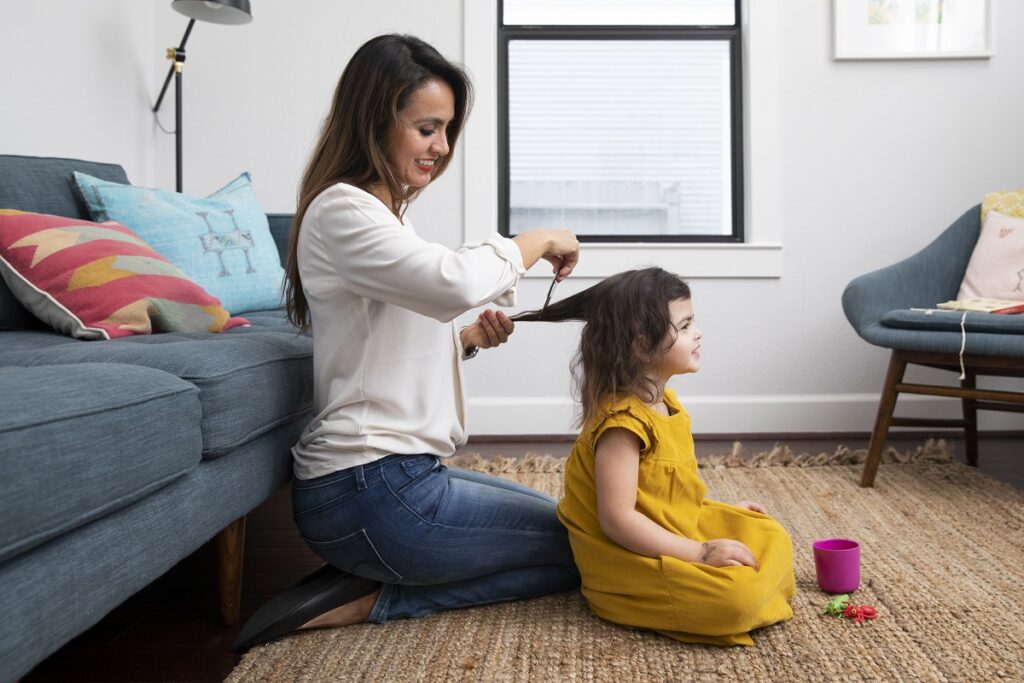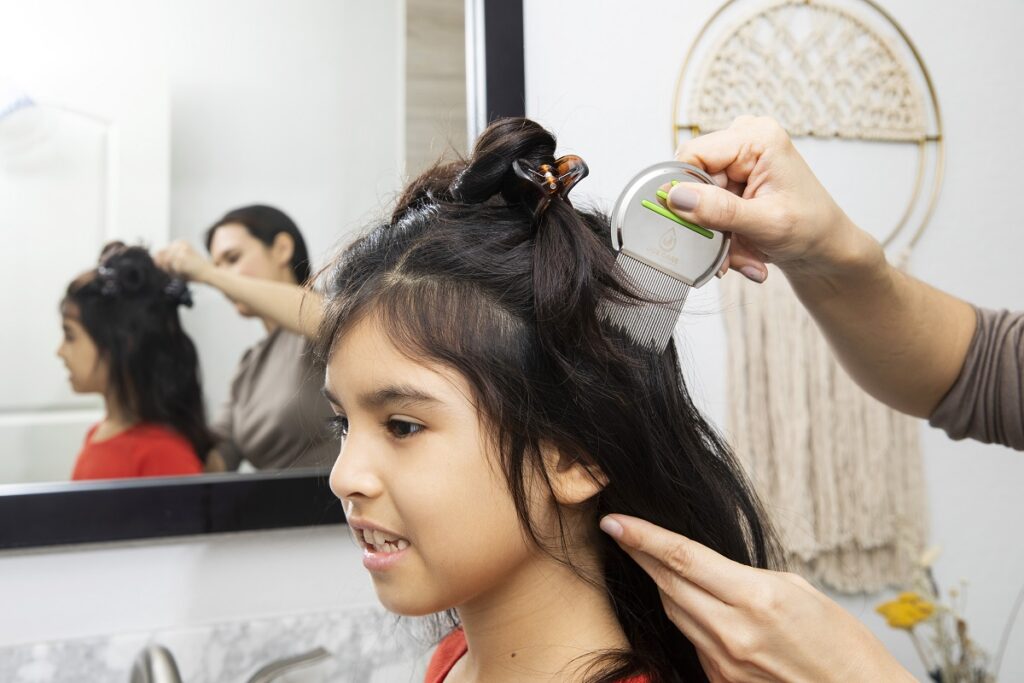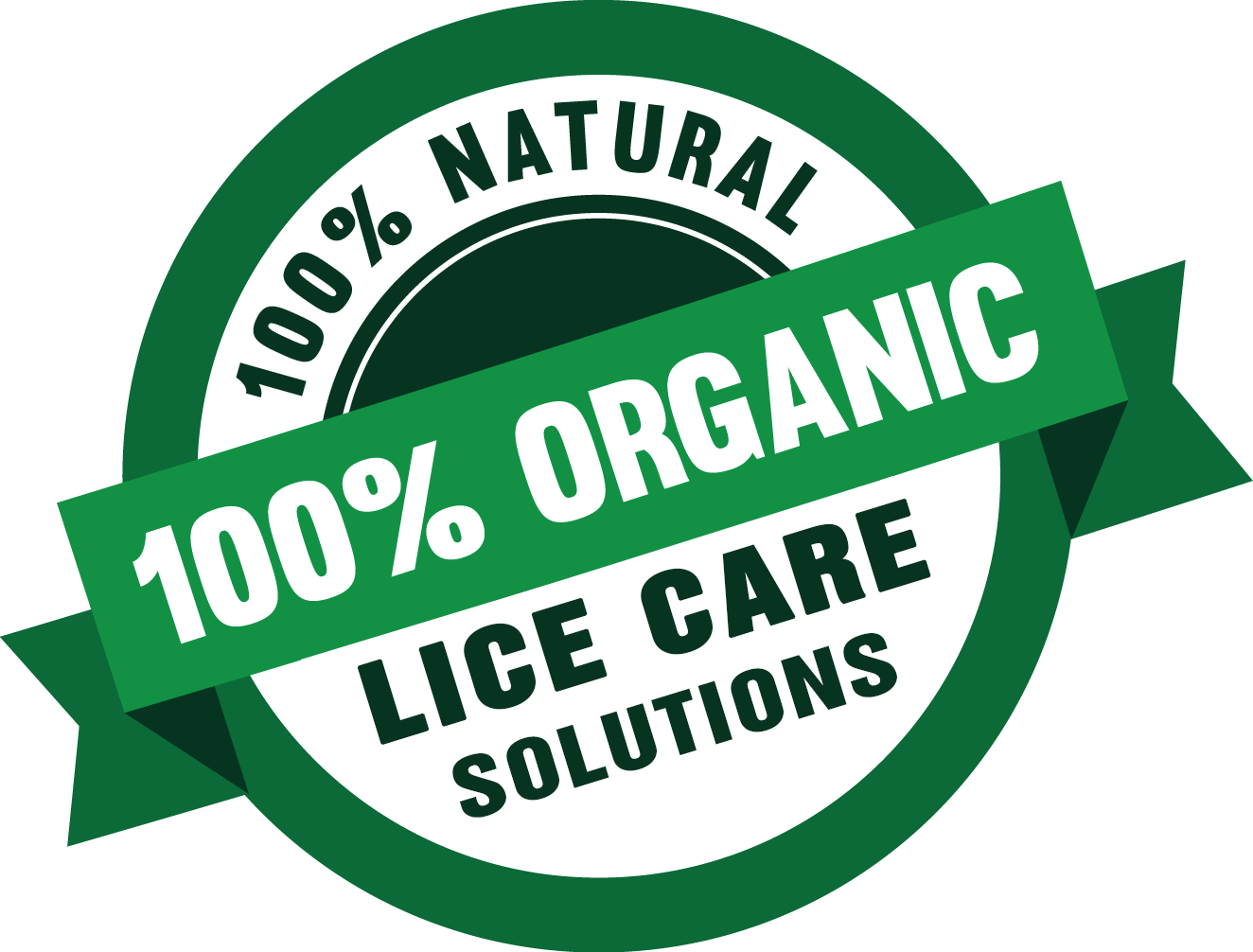Ensuring Safe Lice Treatment for Kids: Navigating the Risks of Traditional Lice Shampoos
Unlocking the Truth: Unveiling the Safety Quandary of Head Lice Shampoos
For countless years, parents have relied on head lice shampoo to combat the persistent issue of lice infestations among children. However, a contemporary shift in perspective prompts a critical examination of the safety aspects associated with these commonly used products. Is your go-to head lice shampoo genuinely safe for your kids especially going back to school? Read more about our checklist to prevent head lice.
Questionable Effectiveness and Safety
In recent times, a heightened awareness has prompted individuals to scrutinize the contents of head lice shampoos, questioning their safety for children. The disheartening truth emerges—many of these products fall short of being 100% effective in addressing lice infestations. More concerning is the revelation that lice shampoos often harbor toxins known to be detrimental to the human body, with potentially heightened risks for children, who are inherently more sensitive to such toxins. While head lice shampoos remain a common choice, it is advisable to reconsider their use whenever possible.

Decoding the Toxic Ingredients of Lice Shampoos
-
LINDANE: Lingering Neurotoxin Menace
Lindane, a neurotoxin commonly employed as a pesticide, reveals alarming associations with cancer and potential harm to the nervous, hormonal, and reproductive systems. Despite being banned for certain uses, it perplexingly persists in various lice treatment products, posing a potential threat to users and the environment alike.
-
MALATHION: Nerve Gas Derivative with Health Ramifications
Derived from nerve gas, malathion is touted as a relatively safer alternative to lindane. However, its interference with the nervous system, capacity to trigger asthma, and disruption of hormonal balance raise red flags. Its facile absorption by the skin during lice treatment amplifies concerns, especially when considering its impact on a child’s delicate body.
-
PYRETHROIDS: Synthetic Pesticides in Disguise
Comprising synthetic pesticides like permethrin and pyrethrin, pyrethroids may claim natural origins from chrysanthemum flowers, but their chemical engineering renders them toxic to the immune system and thyroid. Despite bans in some food production contexts, these chemicals persist in lice products, misleadingly marketed as safe.

A Safer Path: Navigating Beyond the Dangers
Given the potential hazards lurking within traditional lice shampoos, viable alternatives beckon. Natural lice treatments, devoid of harmful chemicals, emerge as a safer choice, even though their effectiveness may vary. For those seeking an infallible and chemical-free approach, the unassuming yet highly effective fine comb steps into the limelight, offering a patient and rewarding solution.
Embracing a Chemical-Free Approach: Peaceful Combat Against Lice
While addressing a lice infestation may bring temporary discomfort to your child, the key takeaway is that it seldom leads to severe health risks. By bypassing chemical-laden treatments and committing to diligent combing, parents can effectively address the problem without subjecting their children to potentially harmful substances. This steadfast commitment to a chemical-free approach promises not just relief but a peaceful and healthy resolution to the timeless battle against lice.
Explore Safe Lice Treatment Options for Your Child! Uncover the Hidden Risks of Traditional Lice Shampoos and Opt for Natural Alternatives. Discover More Here!






